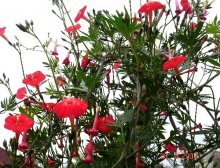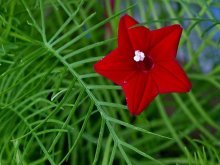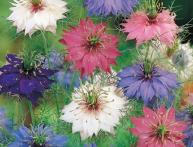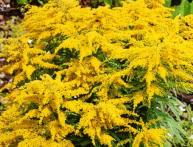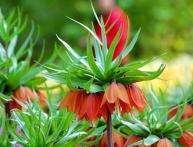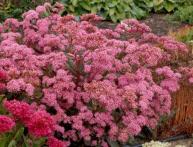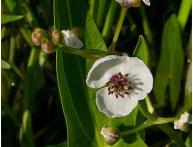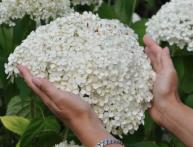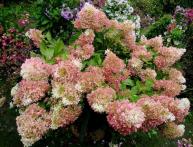Description of the Ipomoea quamoclite plant, proper planting and care of the plant
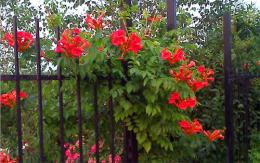
The climbing annual vines Ipomoea quamoclite belong to the Bindweed family. They fit so well into the landscape of any garden, flower bed, and garden architectural forms that they find many admirers. And the variety of species and varieties allows you to choose a plant in accordance with personal preferences.
Content:
- Kvamoklit, description of the plant, use
- Choosing a location and planting quamoclite
- Caring for morning glory quamoclite
Kvamoklit, description of the plant, use
The homeland of these climbing plants is the tropics of South America. There they most often exist as perennial vines. In temperate climates, the only possible form of existence is an annual herbaceous climbing plant. For the middle zone, the following types of quamoclite can be recommended:
- lobed
- fiery red
- pinnate
- Slaughter
Quamoclite pinnate
This species has a second name - cypress vine. The plant is called this because of the external resemblance of its leaves to cypress needles. It is the feathery leaves that give the vine the appearance of light openwork green lace. During the summer season, the stem of the plant easily covers a length of three meters.
Most often it has flowers with corollas of a red-carmine hue. On a green background they look like bright stars, although the flowers are tubular, they have a star-shaped appearance when fully opened. There are forms with pink and even white flowers.In the retail chain you can find a mixture of seeds of this plant called “Twinkling Stars”, where there are seeds of plants of all three colors.
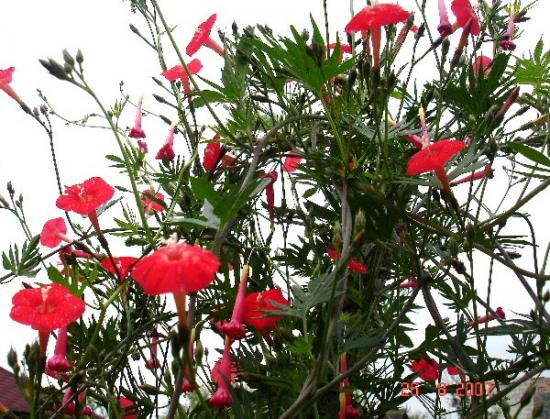
There is a variety with scarlet flowers called “Kremlin Stars” and with white flowers “Whit Feather”. Quamoclite pinnate attracts flower lovers because it begins to bloom in early August and does not stop flowering until frost.
Kvamoklit fiery red
It differs from the previous plant in the shape of its leaves. This species has a whole, heart-shaped leaf blade. The leaves are large, up to 10 cm. The height of the stems is 3 m. The flowers are small, tubular. Red with yellow throat. The disadvantage is the short period of time when the plant looks aesthetically pleasing. As soon as the seeds ripen in August, the entire plant turns black.
The ivy-leaved subspecies is much more decorative. It has beautiful leaves, large flowers and a longer period of decorative preservation. Like all climbing plants, quamoclite is indispensable for vertical gardening.
It is appropriate near any vertical structures, fences, gazebos, arches. This plant can cover all unattractive places and buildings. Ideal for balconies, it can intricately wrap around balcony railings. By planting quamoclite pinnate, you can create a wonderful shady place to relax. Let's find out how difficult it is to grow this plant in the garden.
Choosing a location and planting quamoclite
Since morning glory quamoclite grows vertically, you need to choose a place with any structure, relying on which the plant will climb up. Any garden soil that is light enough and has a good humus content is suitable for it. Optimally, it is sandy, loamy soil. Heavy clay soil is not suitable for this plant.
To admire the flowers of the quamoclite, it is advisable not to plant it in direct sunlight, since they will be closed most of the day. You can see them open either in cloudy weather or in the morning.
Planting morning glory quamoclite
You can grow it in two ways:
- through seedlings
- sowing in the ground
Growing through seedlings is most convenient where the weather in spring is unstable, the soil warms up late and when planted directly into the ground, the plant may not have time to bloom. In this case, at the end of March you can start planting quamoclite seedlings. It is important to remember that pinnate quamoclite does not tolerate transplantation well; if possible, it should be sown immediately in individual pots. Other types can be planted in a common box. Before planting, the seeds are soaked for 5 - 6 hours. You can take ready-made, universal soil. Plant in a permanent location at the end of May. Transplant into the ground at a distance of 10 cm, in grooves 3 cm deep.
Sowing morning glory seeds quamoclite in open ground
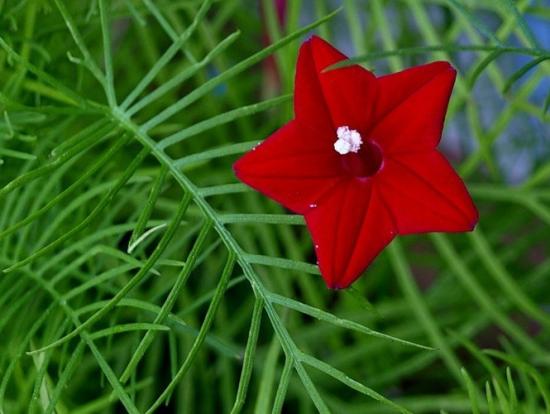
The time for sowing in the ground is the end of April or the first days of May. When planted at a later date, the seeds of this plant do not ripen. The seeds are placed in holes at a distance of 5 - 6 cm. Covered with soil. After the seedlings appear, it is advisable to water them more often, preventing the soil from drying out. In such conditions, the plant very quickly grows green mass and begins to bloom after 5 - 6 weeks. Despite the fact that the plant does not require complex care, it is still advisable to comply with some requirements.
Caring for morning glory quamoclite
For this plant, a vertical support is required. If the plant is planted with seeds in the ground, then it must be built a month after the seeds germinate.If grown through seedlings, then support is needed within seven days after planting in the ground. In addition, the shoots need to be tied to a support. This must be done carefully, directing the shoots in the right direction.
During the period of growth and flowering, the plant needs to be fed once a week. For this purpose, watering with a solution of complex mineral fertilizer is suitable. It is important to note that this plant can kill spider mites. To prevent pest attacks, it must be sprayed with cold water.
It is convenient to use well or spring water. Spraying is carried out once every three days. 4 - 5 sprayings are enough to prevent pest attack. These small efforts will allow you to have a beautiful flowering tropical vine in any area.
Video about planting morning glory quamoclite:

